Spain‘s rich history has created a valuable heritage of architecture that spans from the Roman conquest to modern times. During your trip to this country, you can simultaneously see mosaics of Moorish, Roman, Gothic, Renaissance, Baroque and even modern styles, each of which tells an audible story of Spain’s historical periods. From the majesty of the Alhambra in Granada to the intricate facade of the Sagrada Familia in Barcelona, each structure reflects the social status, cultural influence and historical significance of its time in Spain. Therefore, in this article, we invite you to see the architectural works of Spain as a cultural treasure in Europe.
Introduction of prominent Spanish architects
The country of Spain has many prominent architects, each of whom has made a significant contribution to the architecture of this country and the creation of amazing works. In the following article, introducing the works of Spanish architecture, we will get to know 5 famous and influential Spanish architects: (You can visit the works of these architects during the tour of Spain)
Antoni Gaudi (Antoni Gaudí) the creator of the most famous works of Spanish architecture
A visit to Spain is not complete without seeing the masterpieces of Antoni Gaudi. The Sagrada Familia is a cathedral in Barcelona, Gaudí’s greatest work, with its unique Gothic and curvaceous forms that showcase the art nouveau and old Spain. This architectural wonder has been under construction since 1882 and is famous for its intricate facades and magnificent nave.
Additionally, Gaudi’s works include Park Güell, Casa Milla, and Casa Batllo, all of which display his distinctive use of color, form, and textural materials, these buildings harmonize with natural motifs and exemplify the architect’s philosophy of integrating buildings with the natural environment. They show themselves.

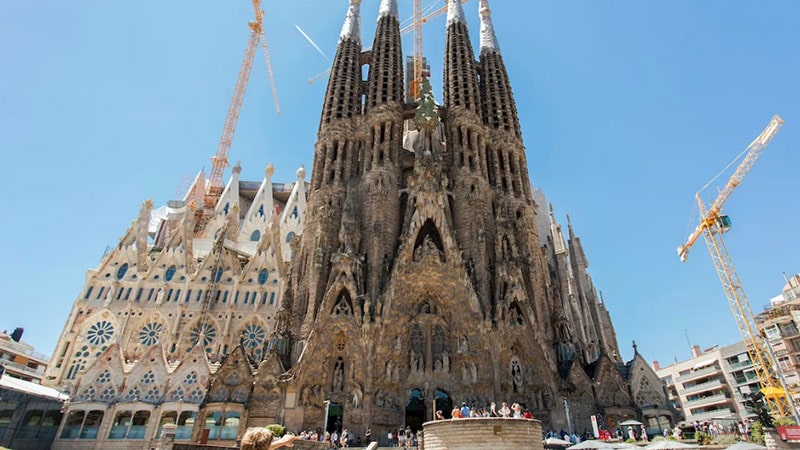
Santiago Calatrava (Santiago Calatrava)
Santiago Calatrava Valls, an architect, engineer and sculptor known for his futuristic structures, combines art with engineering. One of his outstanding works is the City of Arts and Sciences in Valencia.
This extensive collection showcases the architect’s skeletal structures and has become one of the symbols of contemporary Spanish architecture. Additionally, his contributions to the Alamillo Bridge and the Barcelona Communications Tower demonstrate the influence of organic forms in his work.

Rafael Moneo
Rafael Moneo, winner of the prestigious Pritzker Architecture Prize, has made a significant contribution to Spanish architecture. Moneo’s two complexes, the Congress Center and the Corsal Auditorium in San Sebastián, demonstrate his ability to create contemporary buildings that are modern yet respectful of the historical context.
Another key work of Raphael Moneo is the Museum of Roman Art in Mérida, which demonstrates his skill in combining traditional and modern architecture, aligning modern architectural techniques with the heritage of ancient Rome.

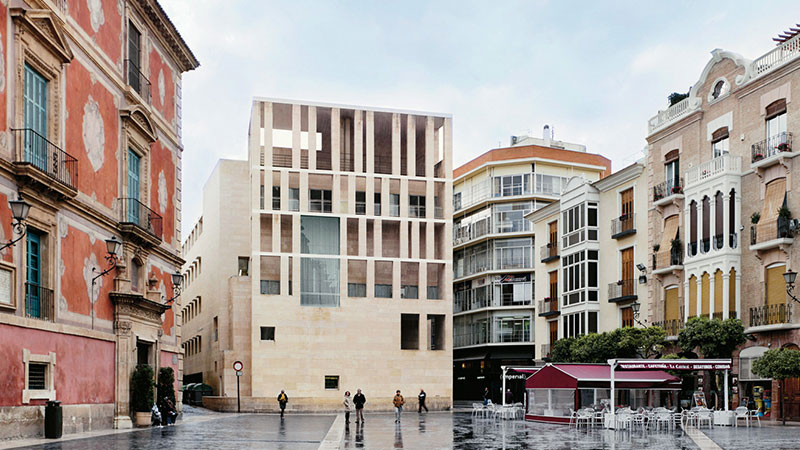
Ricardo Bufil (Ricardo Bofill) the creator of the most modern works of Spanish architecture
Ricardo Bufil is a prominent Spanish architect known for his diverse collection of architectural projects. His work covers a wide range of structures including residential buildings, public buildings, transportation infrastructure and urban design. Boufil architectural style is distinguished by bold colors, geometric shapes and a fusion of classical and Arabic influences.
One of his most prominent works is Meritxell Sanctuary, which marked a significant change in his aesthetic by introducing curves and vaulted ceilings.
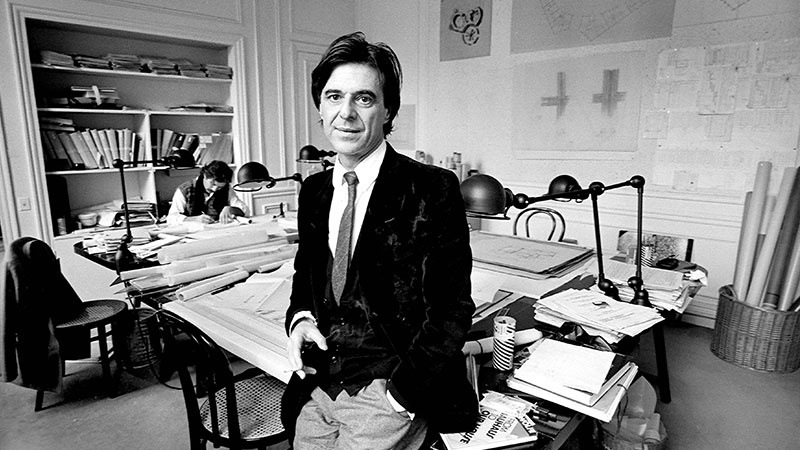
Enrique MirallesEnrique Miralles)
Enrique Miralles was a Spanish Catalan architect known for his sculptural and innovative architectural style. Mirales is known for his experiential and referential approach to architecture that aimed to create an experiential and referential journey.
Some of his notable projects include the Maritim resort in Barcelona and the Scottish Parliament building in Edinburgh.
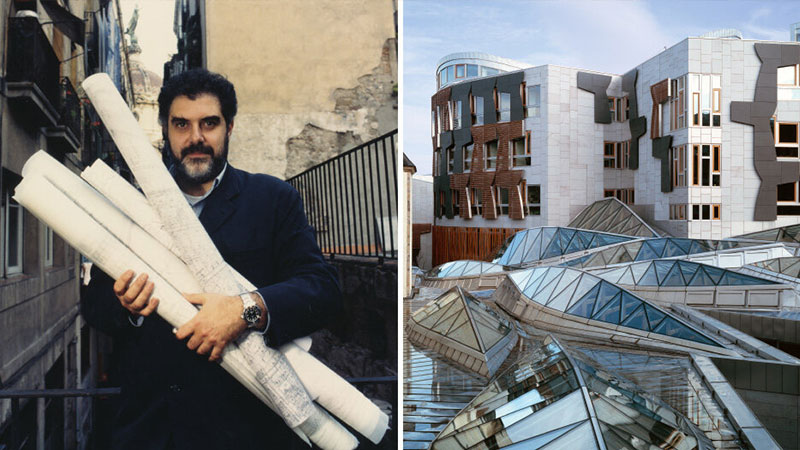
A general look at the style and architectural works of Spain
In the following, we have reviewed the different styles of architecture in Spain:
Spanish pre-Romanesque and Romanesque architecturePre-Romanesque and Romanesque Style)
In the early stages of Spanish architecture, the construction of strong and magnificent structures reflected the nature of Christian domination in the Middle Ages. This period, especially in northern Spain, witnessed the emergence of the pre-Romanesque style, examples of which are the churches of Asturias and Ermita de Santa Cristina de Lena.
These structures, which are known for their solid and imposing presence, are a lasting symbol of the influence of Christianity and the consolidation of religious power in this era.
After that, the Romanesque style became popular and left a lasting impression on the historical monuments of Spain. Roman architecture, defined by its semicircular arches and heavy stonework, played a fundamental role in shaping the vocabulary and architectural works of Spain.
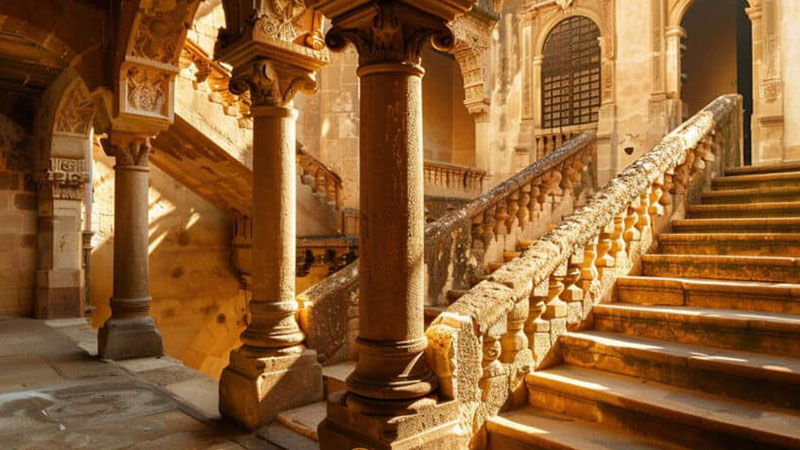
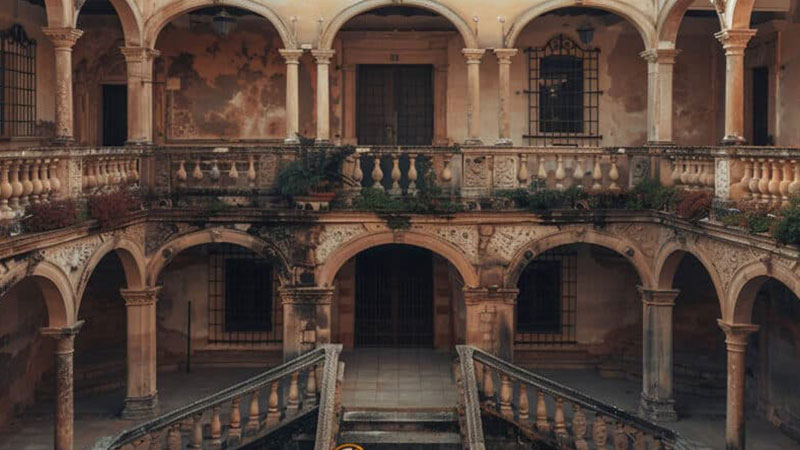
Read more: The cost of traveling to Spain
Gothic and Renaissance influences in Spanish architectureGothic and Renaissance)
The transition from the Romanesque to the Gothic style brought about a significant change in architectural design, characterized by the introduction of high arches and bird-shaped buttresses. These structural innovations not only allowed for large, light-filled spaces, but also contributed to the verticality and ethereal quality of churches, an example of which is the inspiring cathedral of Santiago de Compostela in this style.
Gothic style’s emphasis on height and light creates a sense of spiritual elevation and captivates worshipers and visitors with its ethereal beauty and grandeur.
Subsequently, the emergence of Renaissance architecture introduced a new paradigm of design, which is known by the principles of symmetry, proportion and the revival of classical Roman and Greek influences. This style, due to its precision in balance and harmony, was given special attention in the construction of public spaces and palaces throughout Spain.
This style’s emphasis on solid construction and monumental forms not only reflected the social and cultural values of the time, but also helped create lasting monuments that stand as testament to Spain’s medieval heritage.
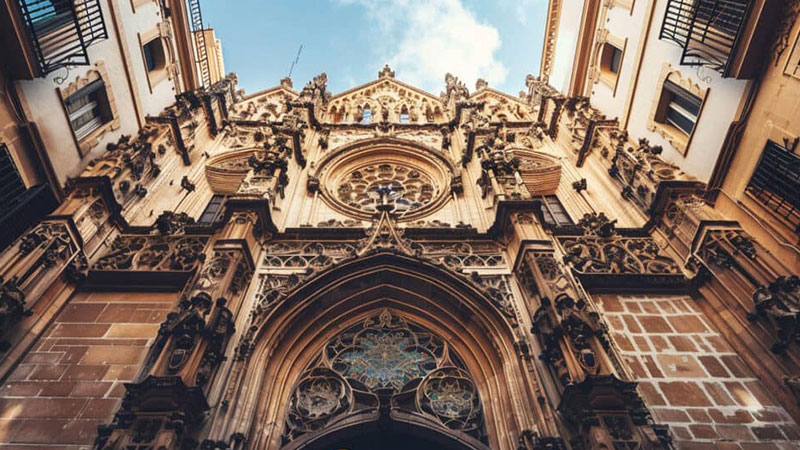
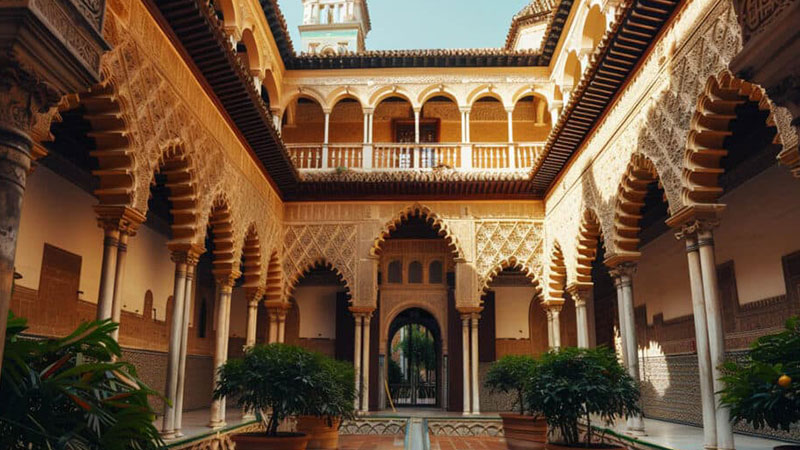
Baroque architecture in SpainBaroque and Spanish)
During the Baroque period, Spanish architecture underwent a significant transformation, incorporating exotic details that indicated a tendency toward grandeur and drama. The characteristic of this period is moving away from the limitations of previous architectural styles, including decorations and show forms.
The Baroque style’s emphasis on vitality and grandeur manifests itself in creating inspiring structures that captivate and impress viewers and leave an indelible mark on the Spanish architectural landscape.
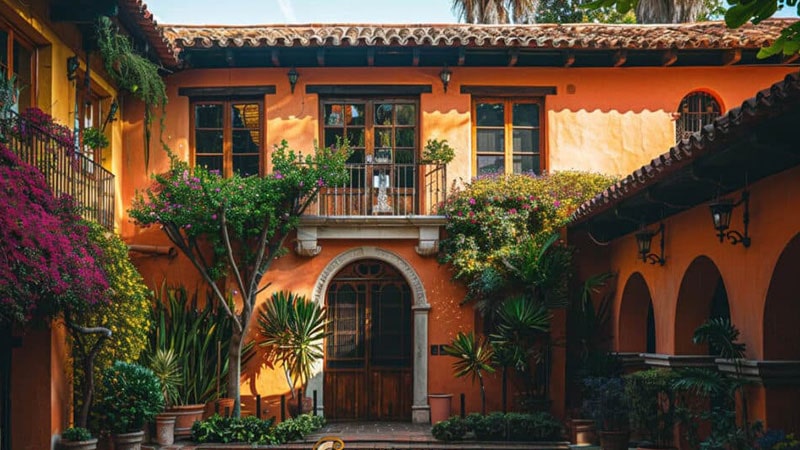
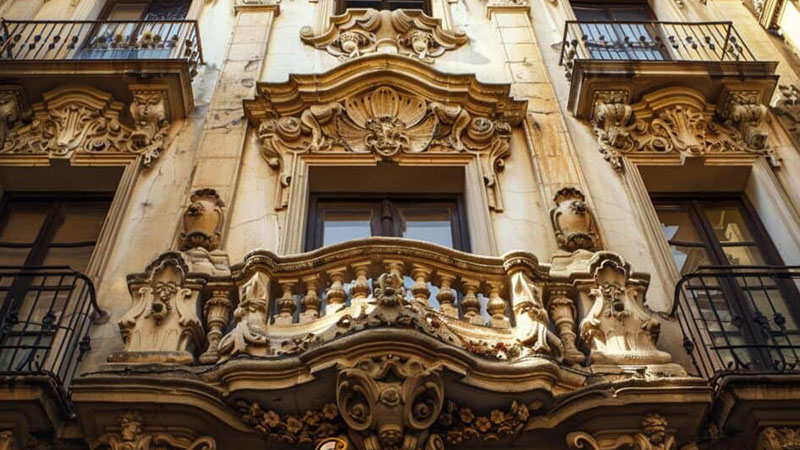
Read more: The best cities in Spain + photos and descriptions
Modern architecture in SpainModern Movements and Contemporary Innovation)
Gaudi’s Sagrada Familia represents Spanish architecture’s bold foray into modernism and is recognized as an outstanding example of architectural innovation that combines Gothic elements with curved Art Nouveau forms. This symbolic structure not only embodies Gaudí’s visionary approach to design, but also shows the desire to accept new artistic and architectural paradigms that are far from traditional Spanish architectural works.
With the beginning of the 20th century, the Spanish architectural landscape witnessed the emergence of famous works such as the Guggenheim Museum in Bilbao, which is an example of the country’s acceptance of avant-garde architecture.
This architectural masterpiece pushed the boundaries of materials and design and used techniques and materials such as titanium to create a groundbreaking architectural narrative that captured the world’s attention.
The avant-garde design of the Guggenheim Museum not only redefined the architectural identity of Bilbao, but also established Spain as a pioneer in the field of world architecture.
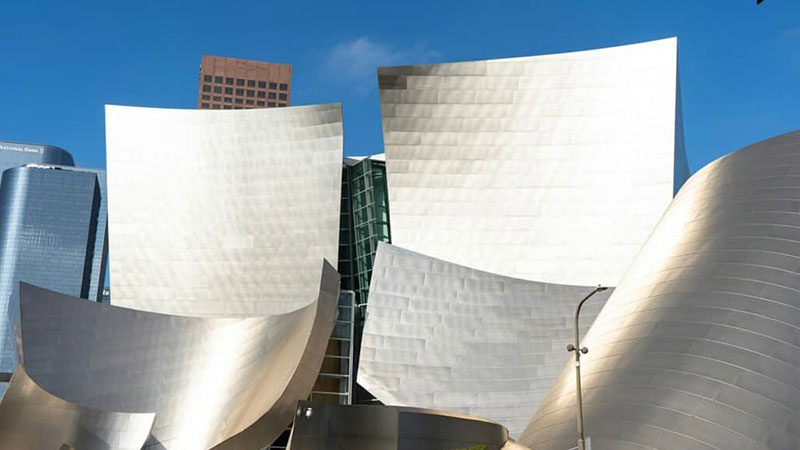
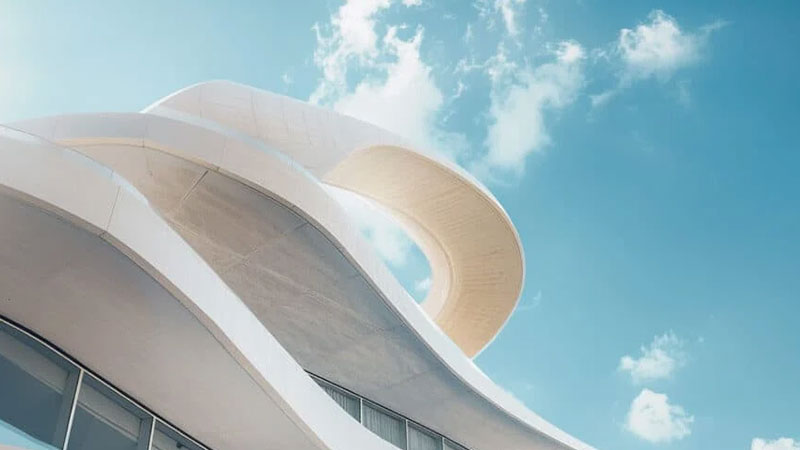
Introducing the most important works of Spanish architecture
Looking at the architectural works of Spain, it can be definitely said that creative Spanish architects have moved the boundaries of art in the world in every period and by creating unique works, they have made this country one of the most important destinations for architecture fans. In the following, we will get to know the most famous of these valuable works:
Alhambra Palace in Granada
Alhambra is a medieval castle and palace in Granada and certainly one of the most outstanding works of Spanish architecture. The Alhamra Palace complex was left over from the period of the conquest of the Moors (Nasseri Sultans) and in Arabic it means Qasr al-Hamra or Red Palace. The color of the building is made of red clay mixed with stones, and in the softer evening light, they give a beautiful dark red color to the building complex. The Alcazaba is strategically located on top of a hill and is clearly visible from downtown Granada. Inside the castle walls, you will find stunning Arab palaces, the lovely gardens of the Generalife Summer Palace, magnificent Christian churches and medieval towers.

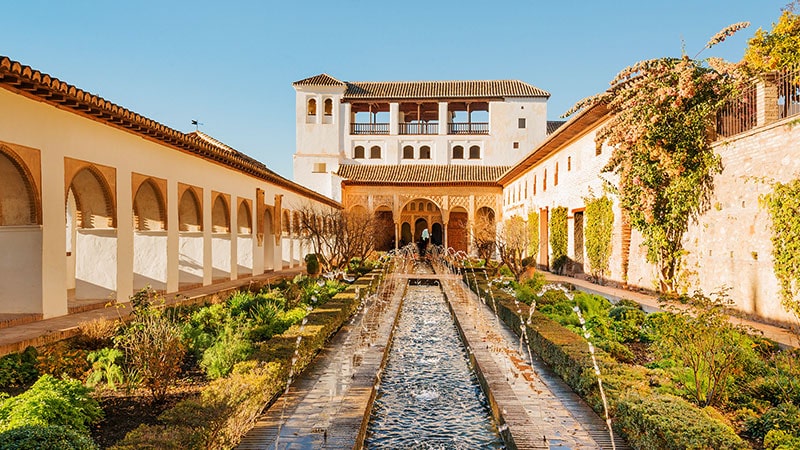
Read more: Where is the Sagrada Familia Church, the most visited historical attraction in Spain?
Sagrada Familia Church in Barcelona
Undoubtedly, the number 1 attraction in Barcelona, Spain is the Sagrada Familia. The Holy Cathedral designed by Antoni Gaudi! The construction of this church, which has been unfinished for hundreds of years, is expected to be completed in 2026. When visiting the church, you can even climb the towers and have an amazing view of the city of Barcelona in front of you.
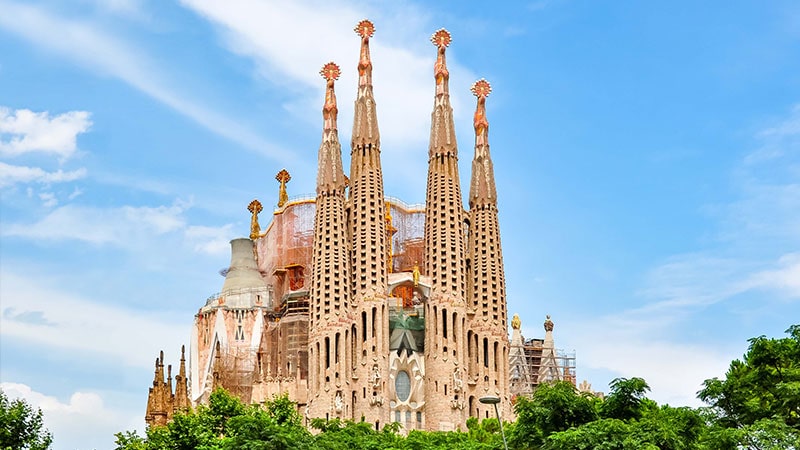
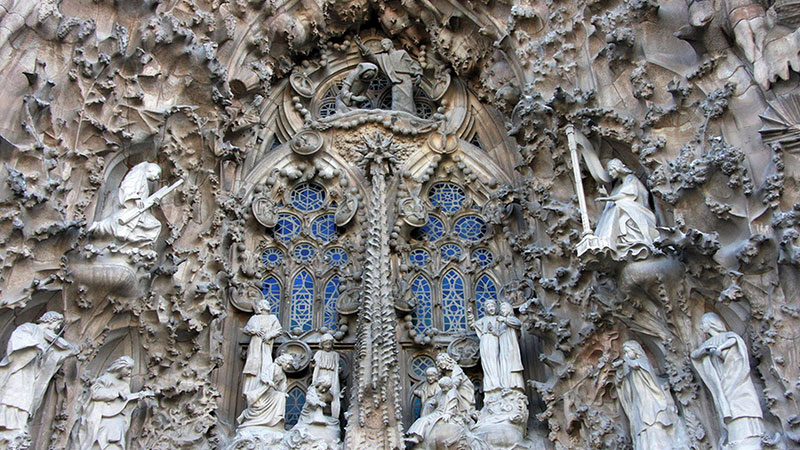
City Cathedral Santiago de Compostela
The Santiago de Compostela Cathedral is the symbol of the city of Santiago and the end point for many tourists walking or cycling the Camino de Santiago.
Over the centuries, thousands of tourists from all over the world have traveled to northwest Spain to see the Cathedral of Santiago de Compostela in Galicia. The construction of the cathedral began in 1075 during the reign of Alfonso VI and with the support of Bishop Diego Plaz. This work was done under the supervision of Master Esteban on the remains of old churches that were built in honor of the saint. This building was built with three naves and a Latin cross plan and had an area of about 8300 square meters. Several architectural styles such as Romanesque, Gothic, Baroque, Platter-Zak and Neoclassical can be seen in the building.
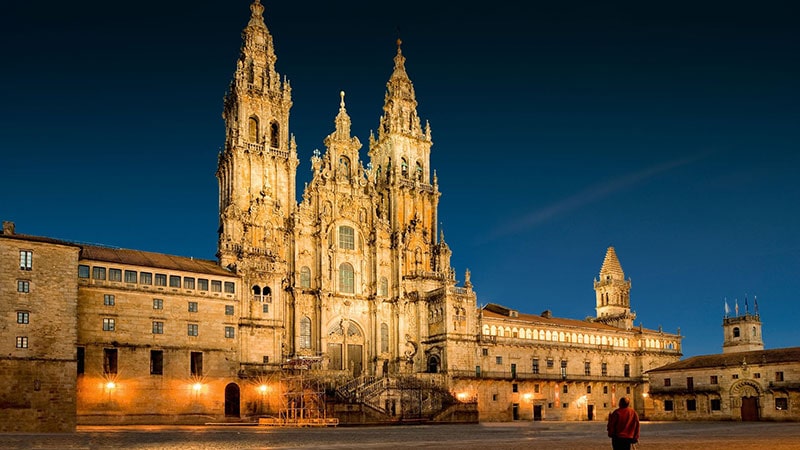
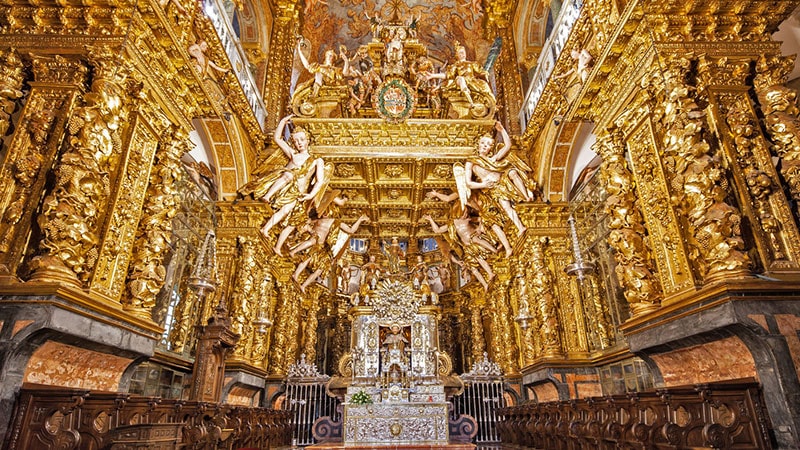
The Guggenheim Museum in Bilbao
The Guggenheim Museum on the banks of the Nervión River in Bilbao, Spain, is a fusion of complex and captivating architecture. Frank Gehry’s museum, with more than a hundred exhibitions and more than ten million visitors a year, not only changed the way architects and people think about museums, but also revitalized Bilbao’s economy. It is challenged in the Museum of History of Art and Architecture.
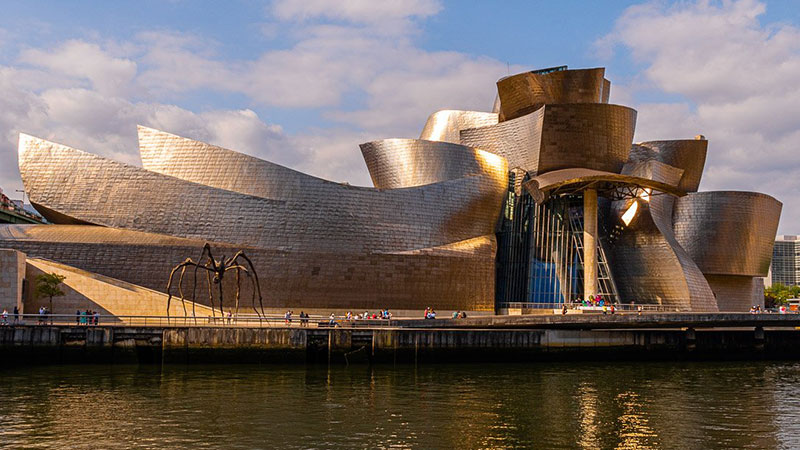
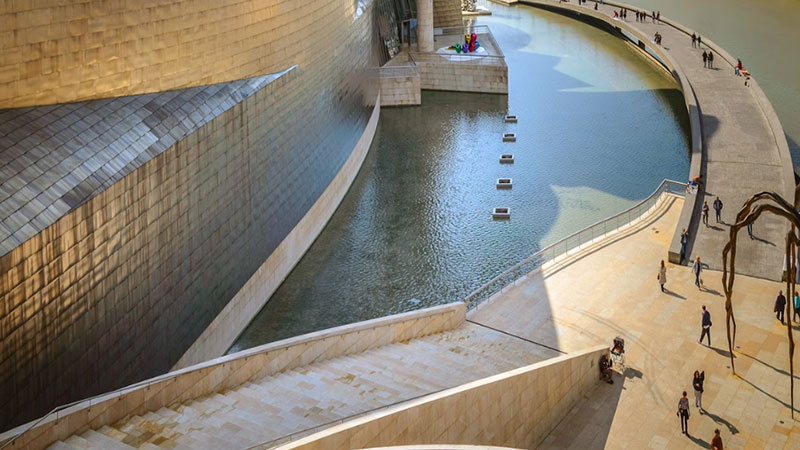
final word
In the article about getting to know the architectural works of Spain, we took a fascinating trip to the old city of Santiago de Compostela. Also, by seeing the walls of La Alhamra Castle, we saw the peak of Andalusian history along with complex architectural patterns. If you are interested in architecture and want to see the most amazing historical monuments of Europe up close, you can contact our colleagues in the foreign tours department to travel to the colorful cities of Spain and receive Schengen tourist visa services.
Frequently asked questions
What distinguishes Spanish architecture?
Spanish architecture is known for its diverse range of styles, including Moorish, Romanesque, Gothic, Renaissance, Baroque and Modernist influences. In this architecture, the buildings often have distinctive elements such as courtyards, ornamental tiles and elaborate iron works.
Are there UNESCO World Heritage Sites in Spain that showcase Spanish architecture?
Yes, Spain has UNESCO World Heritage Sites that showcase Spanish architectural styles. Notable examples of sites include the historic centers of Santiago de Compostela, the old city of Segovia, and La Sagrada Familia in Barcelona.
What is the historical significance of Spanish colonial architecture in Latin America?
Spanish colonial architecture in Latin America reflects the Spanish imperial period, showing both cultural transmission and adaptation to local conditions.
Copying of the contents of Setare Vanak Airline Agency is prohibited only by mentioning the source.
RCO NEWS














